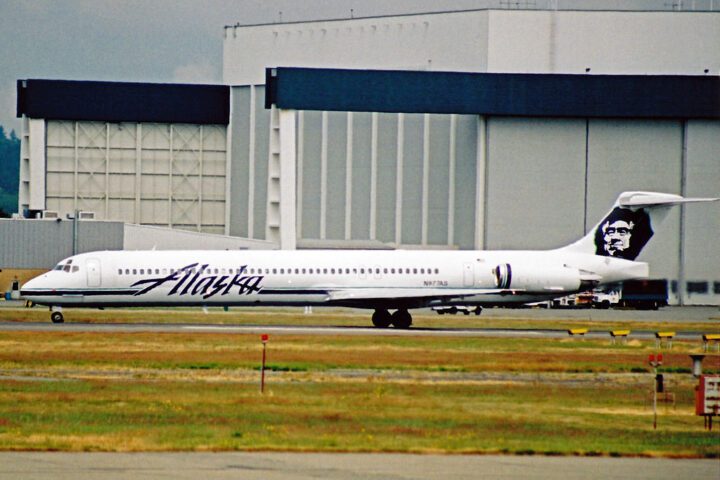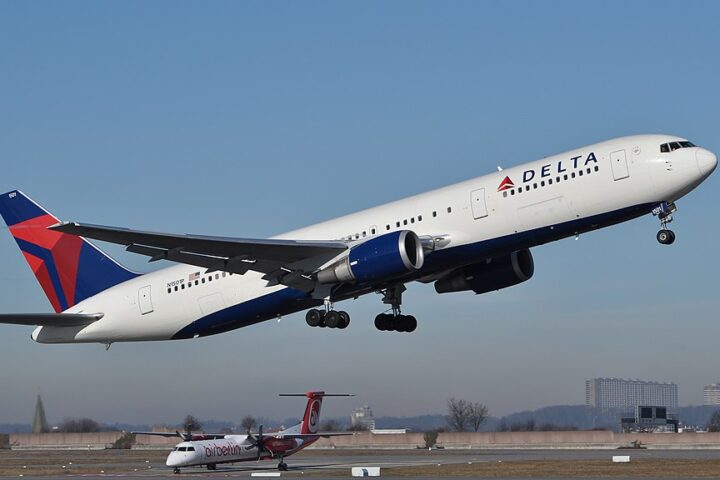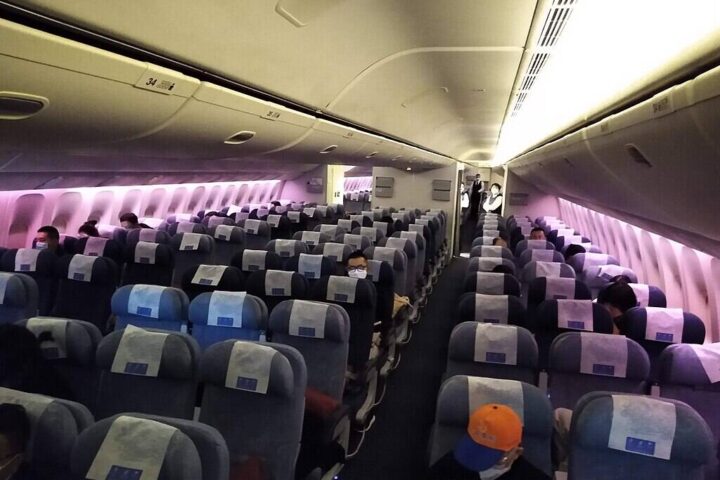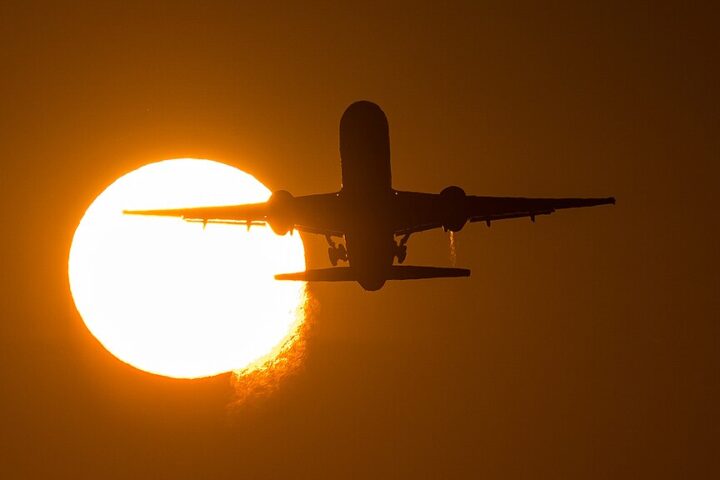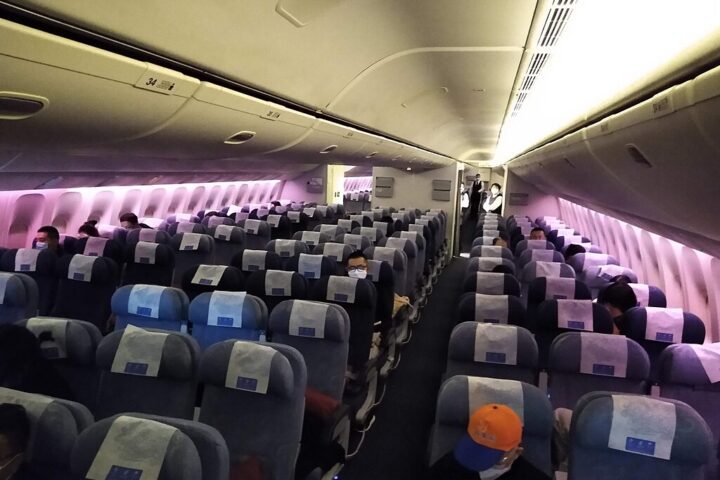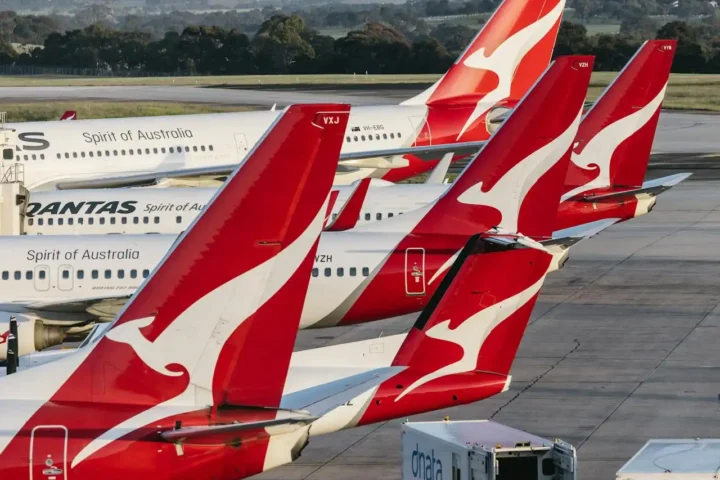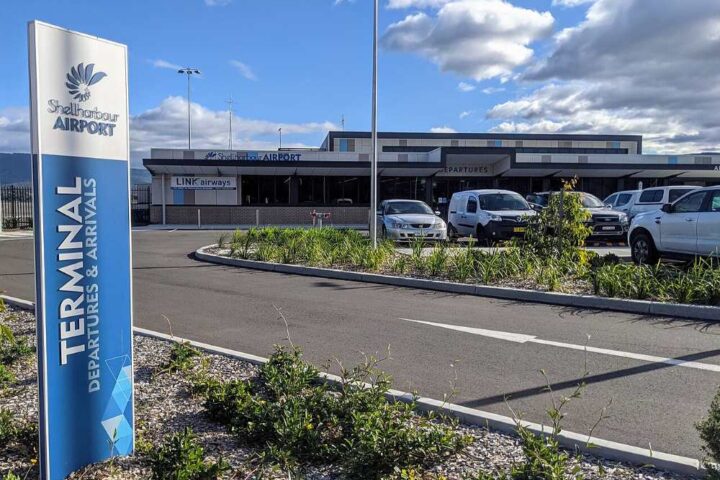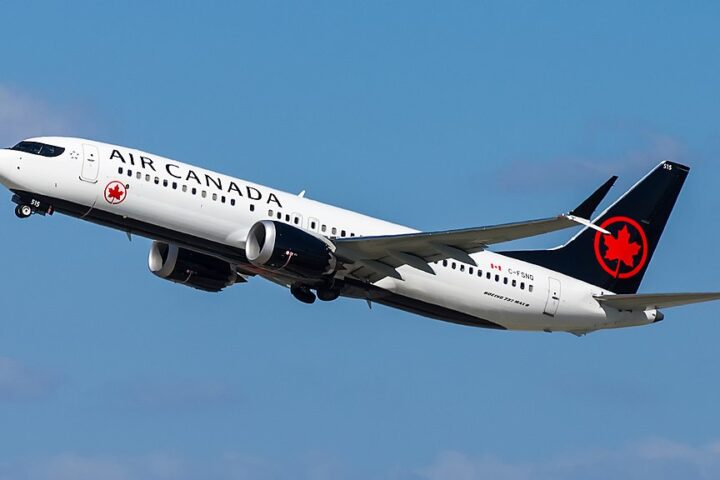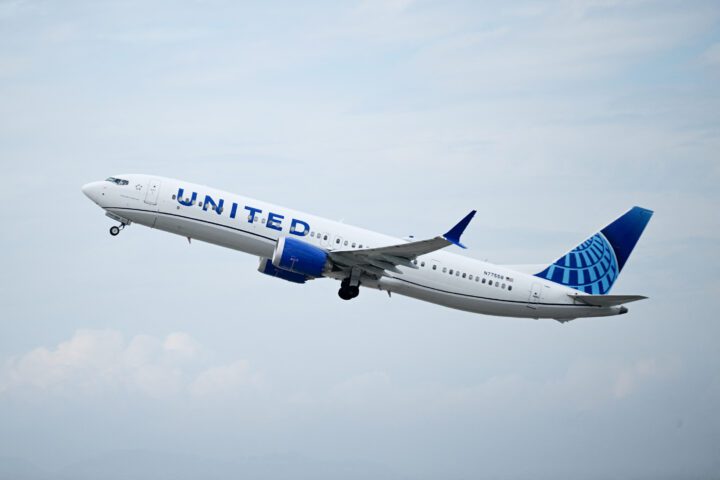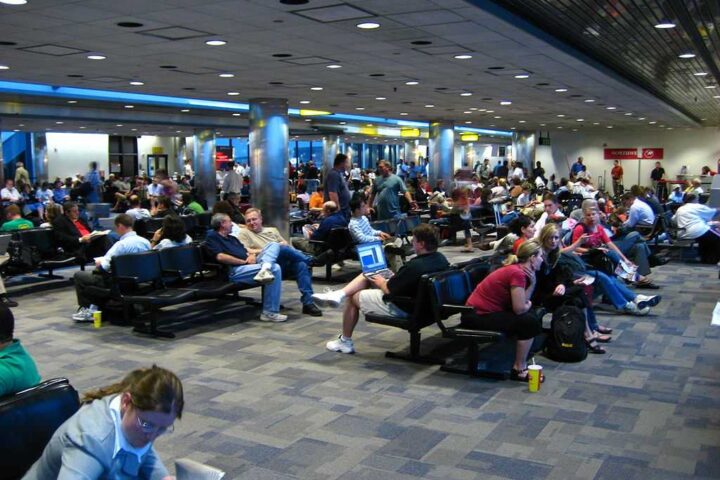
FAA Announces Historic 10% Flight Capacity Reduction Across 40 Major U.S. Airports
The Federal Aviation Administration (FAA) implemented an unprecedented decision on Wednesday, announcing a 10% reduction in flight capacity at 40 major U.S. airports beginning Friday morning. Transportation Secretary Sean Duffy and FAA Administrator Bryan Bedford presented this measure during a formal press conference, citing critical staffing pressures affecting air traffic controllers who have continued working without compensation since the government shutdown commenced on October 1, 2025.
This decision represents an extraordinary intervention in federal aviation operations. The capacity reduction will commence at 4% on Friday and escalate progressively to the full 10% reduction over the following week if the government shutdown persists. Major airlines including United, American, and Delta are implementing proportionate adjustments to their flight schedules. United Airlines specified that long-haul international flights and hub-to-hub service will remain unaffected, while passenger refunds are available for all impacted reservations—including basic economy and previously non-refundable tickets.
The timing presents significant challenges as the nation approaches Thanksgiving week, historically the busiest travel period of the year. The U.S. Travel Association has issued warnings about potential travel system disruptions if the government shutdown extends beyond the coming week, raising concerns for the approximately 1.5 million Americans expected to travel during the holiday period.
Understanding the Flight Restrictions
An unprecedented capacity reduction across the nation’s busiest aviation hubs during extended government shutdown
Flight Restriction Details & Timeline
The FAA is implementing a 10% reduction in flight capacity at 40 high-traffic airports across the nation. Reductions commence at 4% on Friday and escalate to the full 10% target within one week. Flights scheduled between 6 a.m. and 10 p.m. face the highest likelihood of cancellation or delay.
Initial Exemptions: International flights are initially exempt from the reduction order. The FAA will consider less-than-daily service routes when finalizing which specific flights are cut from airline schedules.
Air traffic controllers have been working without compensation since mid-October as the government shutdown extends into its extended phase. The controller workforce is experiencing measurable fatigue and resource depletion.
Staffing Crisis Details: Half of the Core 30 air traffic control facilities—the nation’s busiest operational hubs—reported significant staffing shortages. The New York City area experienced up to 80% controller absences during recent operational surges. The FAA describes this capacity reduction as a preventive intervention to reduce operational risk before safety conditions deteriorate.
Refunds Are Available: Airlines are offering complete refunds for canceled flights without restrictions. This applies to all booking classes, including basic economy fares and tickets previously marked as non-refundable.
How Airlines Are Communicating: Major carriers are using mobile applications, email notifications, and push alerts to proactively inform affected passengers about schedule modifications.
Protected Routes: Long-haul international flights and hub-to-hub service between major airline operating bases remain unaffected by capacity reductions.
Holiday Travel Planning: With Thanksgiving week approaching, passengers are advised to book early and monitor their airline accounts for real-time updates. System capacity may be constrained during peak travel windows.
Geographic Distribution of 40 Affected Airports
Industry Response & Operational Impact Analysis
Airline Operations & Passenger Accommodations: United Airlines confirmed that domestic routes and regional services will absorb the majority of capacity reductions. The airline emphasized that refund options and rebooking arrangements remain available for all affected passengers. Airlines for America, the industry trade association representing major carriers, stated in their official response: “We are working with the federal government to understand all details of the new reduction mandate and will strive to mitigate impacts to passengers and shippers.”
Network-Wide Ripple Effects: The capacity reductions will create secondary impacts at airports not directly included in the initial 40-airport list. These non-affected facilities will experience delays and cancellations on connecting flights originating from reduced capacity hubs. Airport officials warn that interconnected flight networks will produce a cascading effect throughout the aviation system, affecting passenger routing and connection times across the continental network.
Air Traffic Controller Workforce Status: Controllers have reported declining operational morale and accumulated fatigue as the shutdown extends through its second month. The FAA manages approximately 14,000 controllers across the National Airspace System, with roughly 13,000 currently working without compensation. The staffing crisis intensified noticeably over the past weekend, with several regional facilities reporting 80% increases in unscheduled controller absences compared to baseline operational levels. These documented staffing metrics directly informed the FAA’s decision to implement the capacity reduction measure.
Thanksgiving Travel Season Outlook: The U.S. Travel Association and nearly 500 tourism organizations have issued formal warnings that continued flight disruptions could severely impact the Thanksgiving travel season—historically the heaviest travel period for U.S. aviation. The combination of capacity restrictions, severe staffing shortages, and concentrated holiday volume could create unprecedented operational challenges at major airport facilities.
Government and Political Context: The White House confirmed that President Donald Trump is aware of the FAA flight restrictions. The announcement follows earlier statements from Transportation Secretary Sean Duffy indicating that additional airspace restrictions might become necessary if the shutdown extended beyond mid-next week. Federal officials have strategically used aviation system disruptions as a negotiating tool in ongoing shutdown resolution discussions with Congress.
What Comes Next: Real-Time Monitoring & Contingency Planning
The Department of Transportation and FAA are conducting daily operational assessments throughout the ongoing shutdown. Federal authorities are working with commercial airlines to implement capacity reductions in proportionate fashion while maintaining strict adherence to safety protocols. If the government shutdown extends beyond mid-next week, Transportation Secretary Sean Duffy has explicitly warned that additional measures—potentially including restricted airspace access or further flight reductions—may become mandatory. Airlines continue coordinating with federal authorities to execute the reduction order while working to minimize passenger disruptions and ensure full compliance with all safety requirements. The situation demands ongoing monitoring as it develops, particularly as the heavily traveled Thanksgiving holiday period approaches and the industry manages unprecedented operational constraints.



